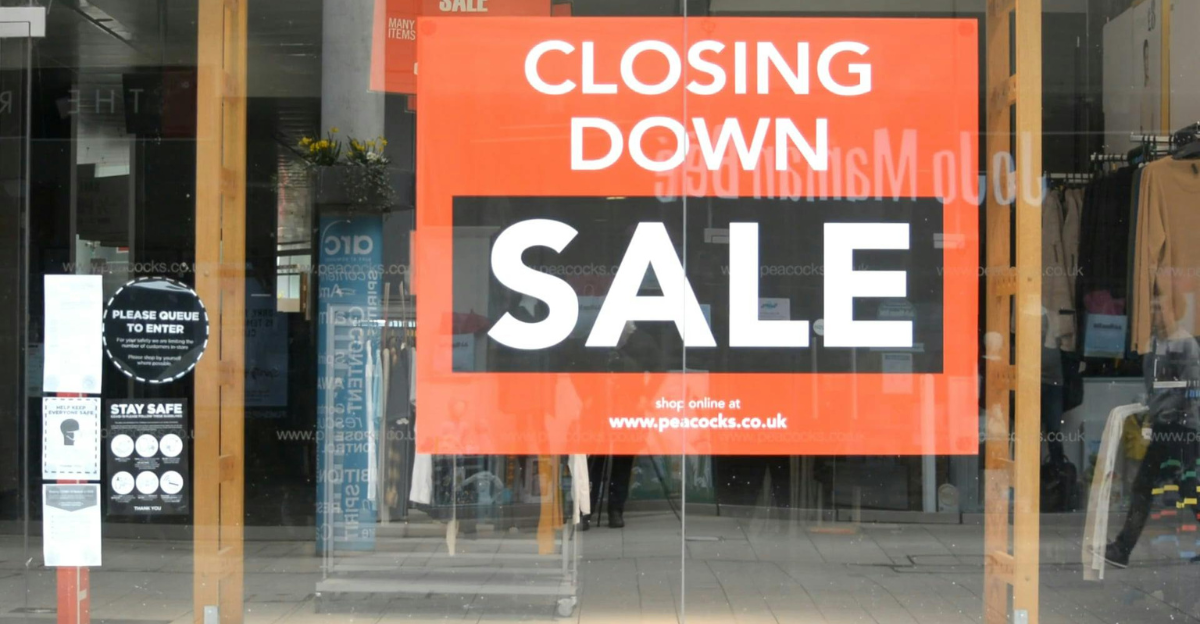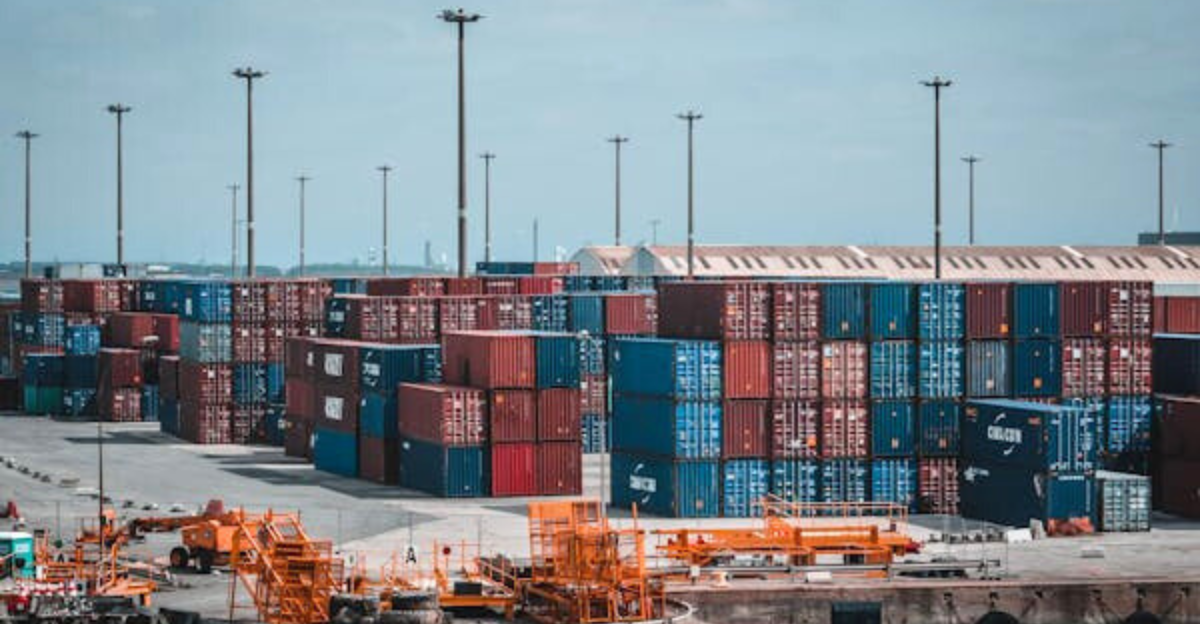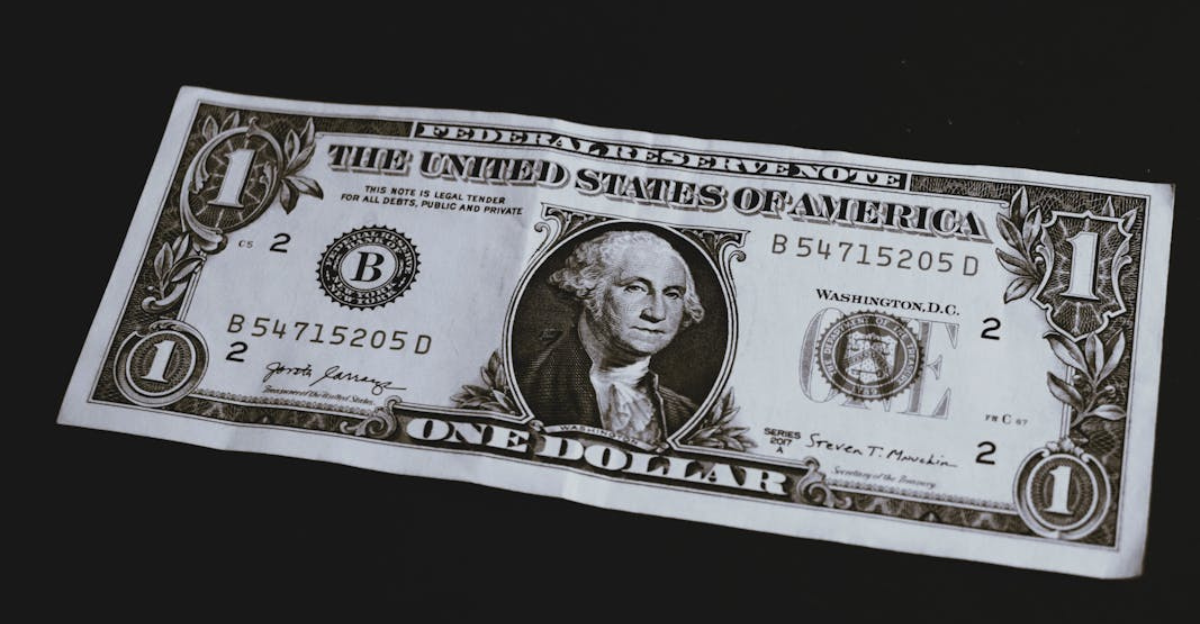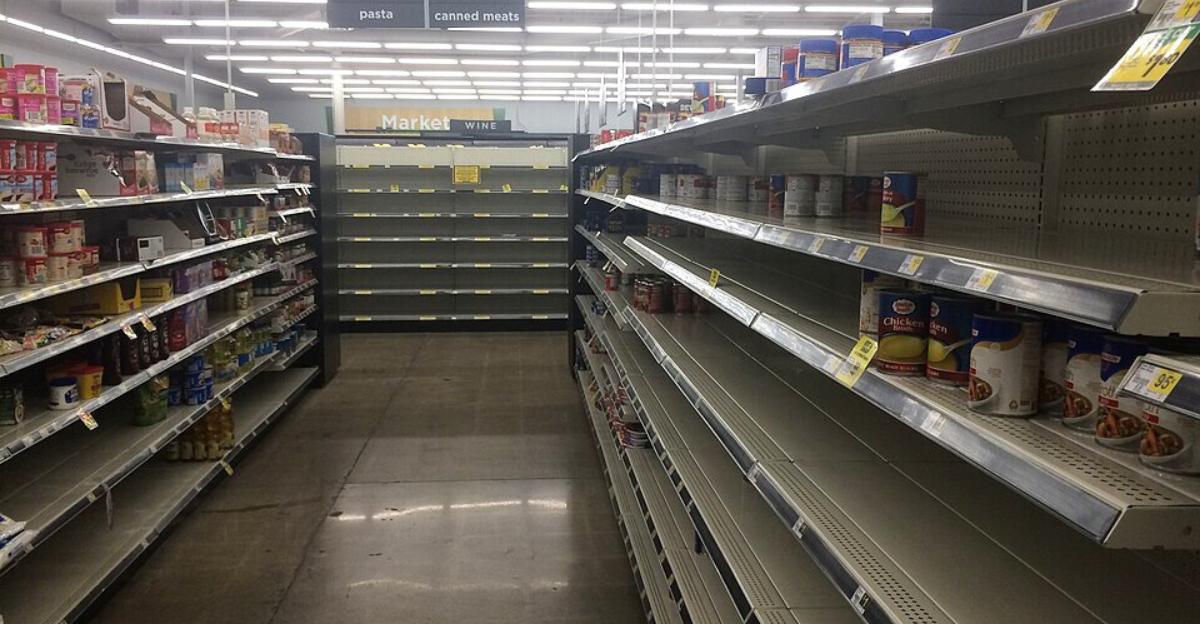
The recent political climate has left citizens nationwide disoriented with all this new change going on, and it definitely takes some major getting used to. One of the biggest hits on everyday American life is the tariff implementation, which has caused prices on most household items to shoot up a great deal. At the same time, we see no improvement in the average yearly income. People need to start realizing that tariffs don’t just affect businesses and business owners, but also the consumer’s purchasing ability as well. Some may think that the impact of these tariffs is only obvious if you really squint at the finer details, when in fact we are seeing its wrath at a much larger scale, affecting low-income households the hardest and deepening financial stress nationwide.
Tariffs Are Quietly Reshaping Daily Life

Even before these policies were established, times had already been tough, causing families to turn to cheaper outlets for groceries and other essentials. To anyone who can afford to go on a grocery run without needing to constantly check the price of everything they pick up until seeing it on the receipt at checkout, the choice of store would not necessarily matter. Being able to shop without worrying about blowing your budget, while still having plenty of options, is a lifesaver for many.
Why Discount Stores Became Essential for Survival

Discount chains and dollar stores serve two purposes at once, having very well priced goods as well as being excellent at offering a variety of essentials like frozen and fresh food, toiletries, and extracurriculars such as toys, houseware, and even clothes. They are a beacon of hope for buyers who just need to stretch their paycheck enough to provide for themselves and their family, and still be able to grab not only their needs but wants as well.
The Secret to Their Low Prices? Cheap Imports

However, the reason why these places are able to sell such varieties at cheap prices is that they source their merchandise in bulk straight from manufacturers. Manufacturers are normally located outside the US, usually in China, due to the cheaper production compared to sourcing it locally. Raw materials, labor, energy, and overhead are significantly cheaper abroad, especially for low-margin and high-volume goods.
Tariffs Hit Imports and Prices Start to Climb

Apart from it being generally a more efficient business model for businesses in America, there can be fewer regulations and lower compliance costs in these foreign countries, helping them make a bigger profit. By importing in bulk, the per-unit shipping cost is reduced, ultimately contributing to their ability to dispose of the products cheaper compared to other retail outlets. But because they rely so heavily on imports, which have now been plagued with taxes, even the wholesale operating strategy has forced them to increase in-store prices to keep up with costs.
Fewer Options, Lower Quality, or Higher Prices

Increasing prices may drive the business to solve these problems by carrying fewer goods and limiting the diversity of products offered within the store. Stores may start focusing on offering higher margin items, which are basically products that generate a significantly higher income compared to the costs. This strategy will greatly shift the discount chain dynamic away from being a source of ultra-budget essentials. Some dollar stores have already breached the $1.00 price range with some products costing upwards of $5.00 – $10.00 under the guise of being a more luxurious aspect of discount stores. Consumers who shop at dollar stores are widely particular with their money and so are sensitive to any change in price, even by a few cents. Another alternative would be not to change the price of items; nonetheless, this comes at the expense of quality and quantity. Meaning you pay the same price for a lower quality or smaller product. The moment shoppers sense that their go-to shop is no longer a budget-friendly place to shop, they will search for an alternative.
The $1 Aisle Is Disappearing and So Is Brand Loyalty

These changes not only impact shoppers but also the business’s potential to grow. The less desirable the brand becomes, the less attention branches will get, leading to a halt in branch expansions and store development.
Can They Just Switch Suppliers? Not So Fast.

In addition, as discount chains continue to increase their prices to compensate for the taxes, they lose their competitive edge that has drawn customers to choose their outlet as their source of merchandise. If the dollar store sells something for the same price as another local retailer, then why bother going there at all? As a result, the decrease in foot traffic may sooner or later cause the store to shut down and close its doors forever.
What It Means for Stores and Shoppers

Even with tariffs, importing in bulk is still cheaper in comparison to sourcing locally. Suppose they do decide on switching to suppliers from countries not affected by tariffs. In that case, this takes an enormous amount of time, research, and complex effort to coordinate, so results won’t be easy to come by, and we may not be able to see developments any time soon. Other countries that aren’t already a manufacturing powerhouse won’t have the same manufacturing scale or speed. Logistic and freight costs can increase due to longer shipping times, which may very well defeat the whole purpose of outsourcing for cheaper production. These regions may require quality adjustments or recertifications, which will slow the entire process down. These delays will cost both the suppliers and retailers.
A Messy Road Ahead for Bargain Retailers

In the end, it is a battle of money and strategy. With enough smart analysis, there is no doubt that businesses will figure out a way to either bypass the difficulties that the recent policy has given them or at least lessen the burden. Consumers are caught in the middle, having no choice but to accept the consequences. And although we have no idea when we’ll be seeing the light at the end of this long and daunting tunnel, for now, this may be all both discount chains and customers can do: navigate uncertainty, adjust expectations, and hope resilience and adaptation will carry them through economic and political instability.
Discover more trending stories and Follow us to keep inspiration flowing to your feed!

Craving more home and lifestyle inspiration? Hit Follow to keep the creativity flowing, and let us know your thoughts in the comments below!
